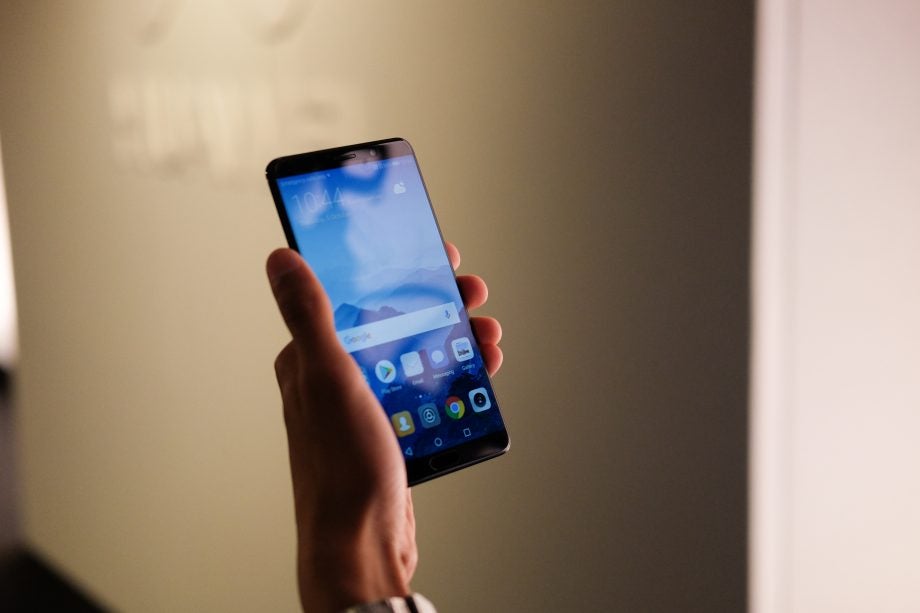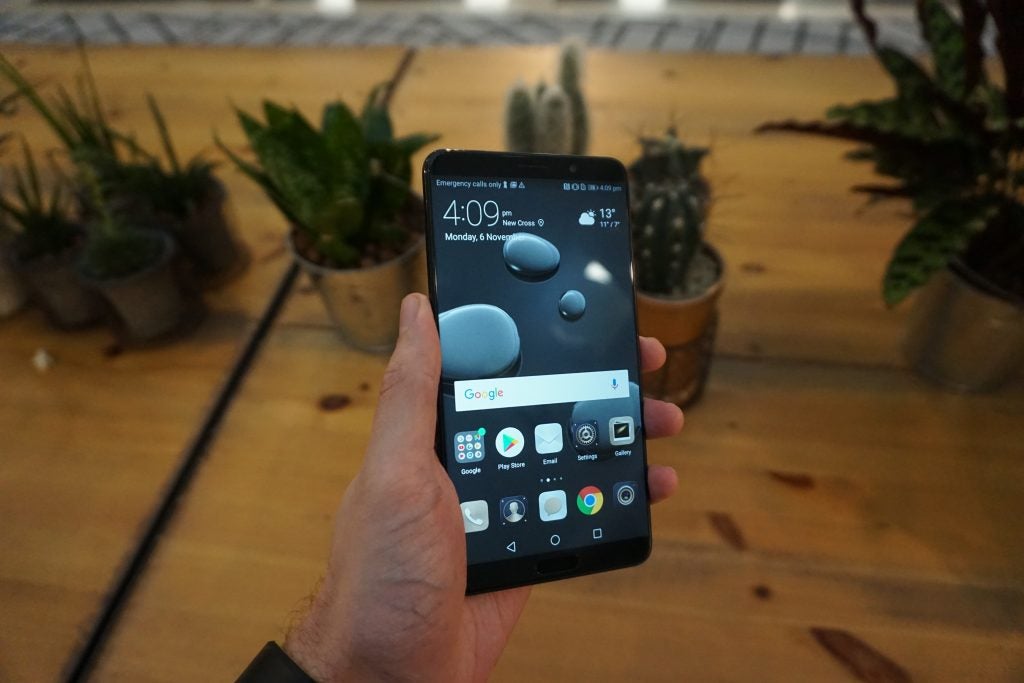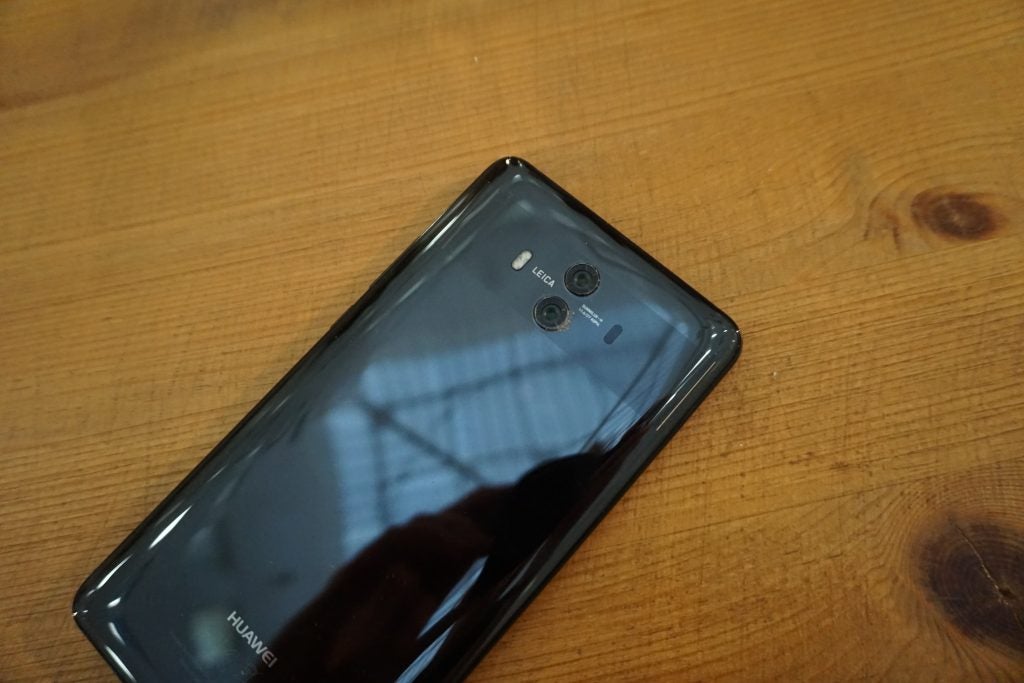Huawei Mate 10 Review - Performance and Software Review
Performance and Software
Huawei Mate 10 – Software The Huawei Mate 10 is one of a select few phones, outside of the Pixel 2 and Pixel 2 XL, currently running Google’s latest Android 8.0 Oreo software. I have to tip my hat to the company for getting its phone running Oreo so quickly. But this doesn’t mean I’m […]

Sections
- Page 1 Huawei Mate 10 Review
- Page 2 Performance and Software Review
- Page 3 Battery life, Camera and Verdict Review
Huawei Mate 10 – Software
The Huawei Mate 10 is one of a select few phones, outside of the Pixel 2 and Pixel 2 XL, currently running Google’s latest Android 8.0 Oreo software.
I have to tip my hat to the company for getting its phone running Oreo so quickly. But this doesn’t mean I’m completely happy with the Mate 10’s software.
The phone runs Huawei’s EMUI skin over Android Oreo. In the past, I’ve found EMUI to be one of the most intrusive and pointless Android skins around. Key offences include a flood of bloatware, clone applications that offer at-best equivalent services to Android’s native apps, and plenty of needless and confusing UI changes.

Being fair to Huawei, many of these issues don’t present themselves here to the same degree, but the skin is still one of my least favourite. The central app tray remains absent by default, with the OS flooding the main UI with every installed app – in the same way iOS does. The Settings menu is still in a completely different order to that of native Android, and duplicate apps for music, photos and contacts still flood the UI.
Samsung and HTC have been doing great work to clean up TouchWiz and Sense in recent years, and next to these the iteration of Emotion on the Mate 10 feels a little busy and old-school.
Hopefully, Huawei will take note and do more work to address issues with its skin with the release of its next phone. In the meantime, I’d recommend users install the Pixel or Nova launcher if they get a Mate 10.
Huawei Mate 10 – Performance
Fortunately, the skin doesn’t appear to have had an adverse effect on the Mate 10’s performance.
It’s powered by Huawei’s own Kirin 970 and 4GB of RAM. The stats don’t match the Mate 10 Pro, which has a 6GB of memory, but I didn’t notice an serious performance differentiations during my benchmarks. In general, the Mate 10 is still a powerhouse handset.
It easily blitzes through everyday tasks and feels super-smooth in use. Outside of the occasional inexplicable application crash, I’m yet to find a process it can’t handle.
Games load in milliseconds and, apart from a few screen tear issues, they run stutter-free. The phone heats up during prolonged sessions, but not to the point that I noticed any CPU throttling.
As an added element of future-proofing, the Mate 10 is also one of the first Cat 18-enabled phones. Right now this means next to nothing, but in the future – when ISPs finally rollout next-gen data connection speeds – the device will work with 1.2Gbps networks.
The Mate 10’s synthetic benchmark scores matched my real-world findings. You can see how the phone performed against the Samsung Galaxy S8 and Huawei P10 in the table below.
Antutu: 175753
Geekbench 4: 1897 single- 6560 multi-core
My only quibble regarding the Mate 10’s performance is that its solo rear-facing speaker sounds a little weedy. It’s fine for taking video calls in quiet environments, but it has a slightly tinny quality at high volumes, which is particularly annoying when watching videos.
Related: Best phablets


